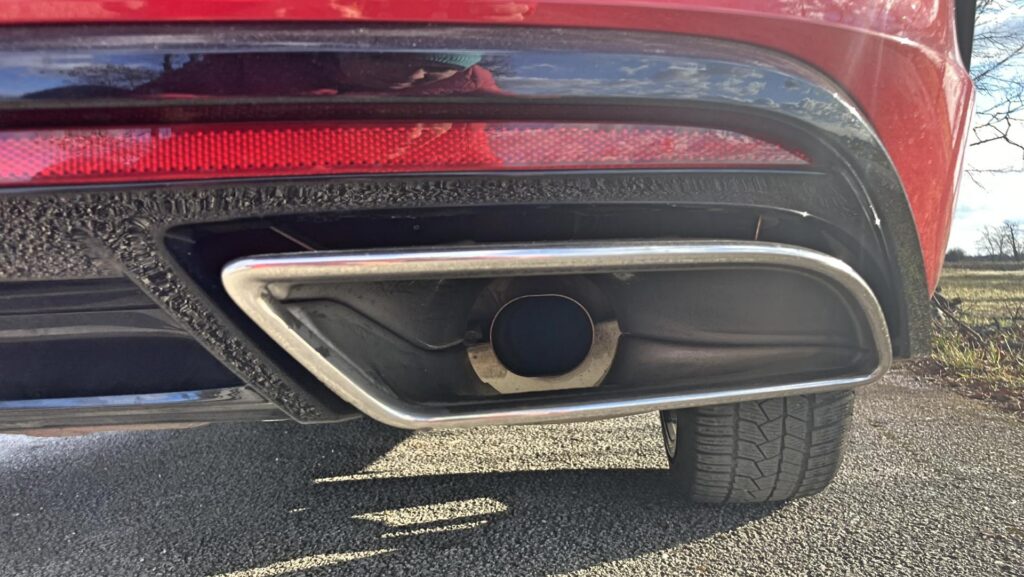Brakes are definitely the most important part of a car, because it is thanks to them that we are sure that we can minimize possible collisions. Brake related problems can take many forms. In some cases, it can only be a matter of small things, where we can include the need to replace pads or brake discs. However, there are also much more significant defects. These can be connected to a faulty brake hose, which can then leak brake fluid. Therefore, we will look at how the replacement of the brake hose takes place and what needs to be done for it.
First we dismantle the bike
The first thing that you absolutely cannot do without during the entire procedure is primarily the disassembly of the wheel. In this case, it doesn't have to be anything complicated and the whole procedure can be handled easily, in a few minutes. Of course, a classic wheel wrench is sufficient to loosen the screws. Once done, you can lift the car. If you have a jack, it's easier, if not, a simple jack will do. However, after lifting, we recommend securing the vehicle to prevent a possible fall that could cause you injury. The vehicle can be secured in various ways. If you are looking for the simplest one, you can place, for example, a removed bike or another solid surface under it to prevent it from falling.
Once the car is raised, you can fully loosen the bolts or nuts on the wheel and then remove them. In the same way, you then remove the wheel itself. This will give you access to the brake system of the entire wheel, i.e. to the system to which the hose itself that you will change is connected. As you can see, the path associated with the need to get to the problem part is certainly not complicated at all, which is one big plus for this exchange.
Clean the entire area
As part of the entire system is also the brake fluid, which must primarily be clean, we recommend thoroughly cleaning the entire area of the brake system. If something helps, it is definitely pressure washing, which you can then supplement with regular washing with a cloth or sponge. We definitely recommend using only pure water, without any additives, preparations, as well as without any detergents. Once the area is perfectly clean, you can continue working.
Unscrew the hose
The subsequent step is connected with the fact that all you have to do is unscrew the hose itself and the brake tube. Don't ignore brake fluid leakage here. This is quite naturally undesirable, so you also need to prepare a suitable stopper. You can use it to seal the tube in a simple way, thanks to which you will prevent any major leakage and the brake fluid will stay where it should be.
Once everything is in order in this direction, you can proceed to the next step, which is related to unscrewing the hose from the brake. Once it's out, you can double-check it for any damage to make sure it's really what you predicted. If so, you can be sure that this described replacement of the brake hose will really solve the problem quite simply and quickly.
Installation of a new hose
The current hose is dismantled, which logically also means the need to install a new hose. Since it is not a big investment, it is certainly an ideal procedure to buy it in classic automotive supplies and not at a junkyard or in a bazaar.
Once you have purchased the hose, you can start assembling it. This is relatively simple and is essentially nothing more than a reverse disassembly procedure. First, you put the hose in the appropriate holder, and then it is enough to screw the pipe. Of course, the most important part of the exchange is definitely done.
Bleed the entire brake system
Remember that whenever you work on your car's braking system, you should not forget to bleed it, as this is the only way to be sure that the brakes will work as they should. The way to vent is to use a special valve that you open. At that moment, a second person should be asked to step on the brake pedal. Once fluid begins to flow from the valve, you can close it with confidence that the brake system contains only fluid, not water. It is recommended by many to bleed all the wheels, as the air could get to other places than just the area where the brake hose was replaced. Here too, of course, you proceed in the same way.
Once the bleeding is complete, be sure to lift the hood and check the amount of brake fluid. It is very likely that its condition has decreased, due to the leakage itself during disassembly, as well as during the venting itself. In this case, it is sufficient to fill the container to the required level indicated by the line. After this, depress the brake pedal a few times and if there is no further drop, you can close the hood and be sure that your braking system is fine.
Testdrive
If you followed our instructions, the whole exchange should go without any problems and you can go for a test drive. First, we recommend less busy roads, on which you can test whether your car's brakes really behave as you expect them to and whether your car actually brakes as it should. If everything is fine, you can test everything in more demanding conditions.
After arrival, we still recommend the last thing, which is to let the car cool down, then open the hood and then check whether the water in the brake fluid container is running low. In the same way, we recommend monitoring possible leaks again in the next few days. If they are not, then you have not only diagnosed the defect well, but you are also sure that you have eliminated the given problem well.


